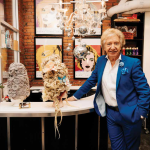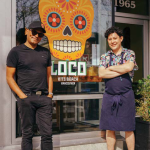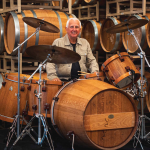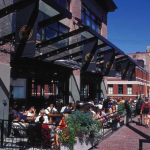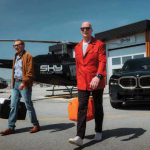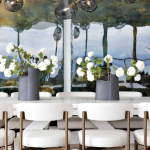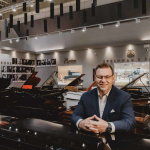
The designing of a sports franchise, like any other product or service, has to find that perfect balance between form and function, i.e. building a great team that pleases the fans in the city in which the team plays, and making sure that it functions within the league as it should, ultimately ensuring that the owners are satisfied with the bottom line. As seen over this past year with the National Hockey League, this balancing act can be a challenging task. Vancouver sports teams are ultimately judged by many people as being successful by the number of wins and losses they have in a season. The reality is that no one involved in any sports franchise can accurately predict the success of a team. Therefore, the basic question that all businesses have to answer is, “What do the customers or fans expect from their product or team?”
Sponsored Ads
I have learned that Vancouver sports fans are just as concerned about how hard the teams work as they are with how many times they win. If you look back over the history of sports teams in this city, you will see talented athletes on paper, but they failed to relate to the fans. The reason for this, in large part, is based on the perceived work ethic of the players in question. Therefore, once a team owner has identified the fans’ expectations for the team and players, the building blocks for that entire team begin to take shape. It may simply appear that if you surround your team with great players, the results will be there.
This is not so! You need to start at the top and work your way down through every position within the organization. In my experience the most important position to be filled is that of the President or General Manager. If the GM hopes to be successful, he must assume the tough job of having to relate to the media, fans, players and their contemporaries. The GM’s task is to select a coach and then build an organization off the playing surface. This allows players to be acquired that can meet the fans’ expectations.
I believe the hardest job management has to do when acquiring the players is finding that very delicate balance between talent and role-players. We only have to look back at the last time that the Stanley Cup was competed for when an exceptionally hard-working player for the Calgary Flames, Martin Gelinas, kept his team alive in those playoffs with timely goals— need I remind you of game seven against Vancouver in overtime? Once again, like any business, the product or service that is being sold needs to function appropriately. Simply put, a solid business model will help you succeed if the job that needs to get done is done well, and the business you are in makes sense.
It is unfortunate that for the last number of years the National Hockey League has had a collective bargaining agreement with its players, whereby the money being paid out to its players ultimately made many of the franchises uneconomic, the result being this past year’s lockout. It was painful for the fans to watch, however it has appeared that the lockout has created a marketplace in which all 30 NHL teams can succeed, provided that they are well managed and that they identify with their fans.
Sponsored Ads
In addition, the toughest challenge that I have found in creating a successful business model for this market has been balancing the pricing of the product with the basic revenue needs. This is the primary reason why I felt it was necessary to build, own and operate a new arena. In doing this we created other revenues such as concessions, parking, luxury suites, club seats, etc., which allow us to compete in the open market for players, and build a team that fans can point to as meeting or exceeding their expectations, all while still keeping an eye on the business realities.
When speaking with Brian Jessel last year about moving his BMW dealership from Coquitlam to his new state-of-the-art facility in Vancouver, we were humoured as we found interesting parallels between this and moving the Canucks from the Coliseum to GM Place. For Brian it was fundamentally necessary in order to improve overall customer satisfaction. In improving upon the design of his business he needed to continue to develop a solid team and hire the best people, and build a facility that was capable of offering a greater selection of first-class products and services.
The new dealership would ensure that the customer’s needs were met—and it had to be economically viable. He described similar challenges as you might expect from a large sports franchise. His thoughts reinforced the idea that basic business design principals remain constant no matter what product or service you are selling. Ultimately, finding that perfect balance while giving the customer a first-class experience is critical for any business to succeed!




















































